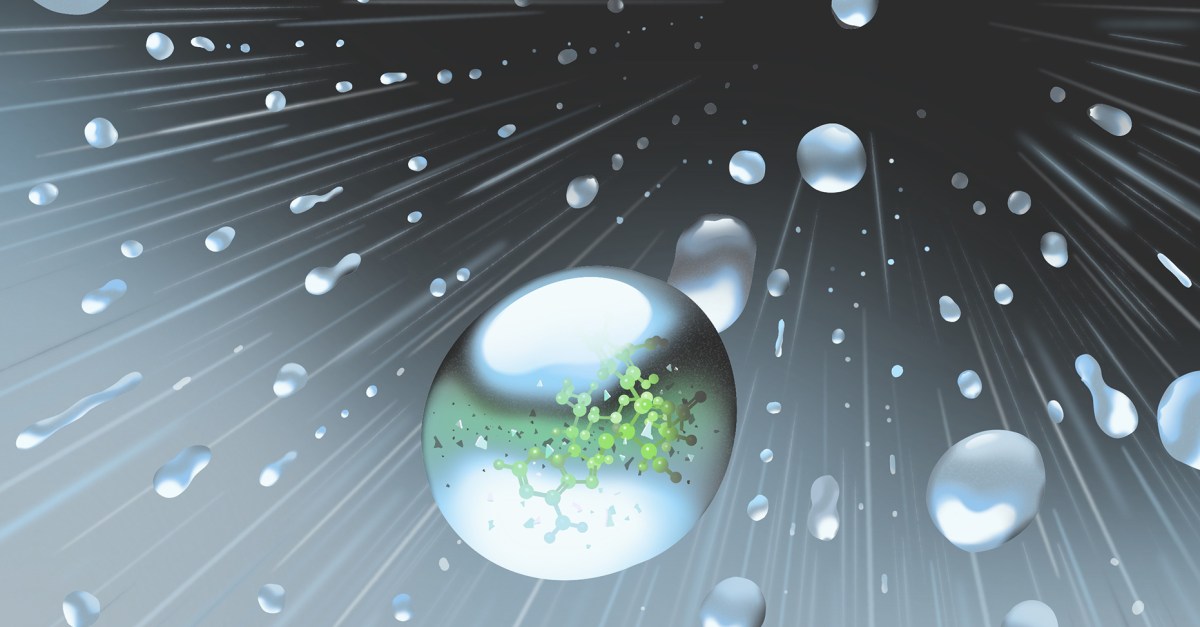From Acid Rain to New Threats: What’s Falling from the Sky Now?
After decades of addressing the environmental impacts of acid rain, researchers are now sounding the alarm over a new atmospheric menace. This evolving crisis poses unforeseen risks to both the environment and public health. As the focus shifts from the well-known consequences of acid rain to emerging threats, understanding what is now falling from the sky becomes increasingly crucial.
The Legacy of Acid Rain
Acid rain emerged as a significant environmental issue in the late 20th century, primarily caused by sulfur dioxide (SO2) and nitrogen oxides (NOx) emitted from industrial processes and vehicles. These pollutants would combine with atmospheric moisture, resulting in precipitation with a lower pH. The consequences were dire, leading to:
- Forest damage and biodiversity loss
- Acidification of lakes and rivers
- Corrosion of buildings and historical monuments
Thanks to stringent regulations and international agreements, such as the Clean Air Act in the United States, acid rain levels have substantially decreased. However, this victory has paved the way for new challenges that are rising from the clouds.
What’s Falling from the Sky Now?
As we turn our attention from acid rain, scientists have identified several new threats that now fall from the sky. These include microplastics, toxic pollutants, and even pathogens, each posing unique challenges to ecosystems and human health.
Microplastics: The Ubiquitous Invader
One of the most alarming new threats is microplastics. These tiny plastic particles, less than 5mm in size, come from various sources, including:
- Breakdown of larger plastic debris
- Microbeads found in personal care products
- Textile fibers released during washing
Research has shown that microplastics are now falling from the atmosphere, contaminating remote areas, including the Arctic. Studies indicate that these particles can travel long distances, often carried by wind and precipitation. The implications are troubling:
- Microplastics can enter food chains, posing risks to wildlife and humans alike.
- They may absorb harmful chemicals from the environment, which can then be released into living organisms.
Heavy Metals: The Silent Pollution
Another significant concern is the deposition of heavy metals, such as lead, mercury, and cadmium, from industrial emissions and mining activities. These metals can settle on land and water bodies, leading to:
- Soil contamination, which affects agriculture.
- Bioaccumulation in fish and wildlife, posing health risks to predators, including humans.
Recent studies have revealed that heavy metals can be carried through the atmosphere and deposited far from their original sources, raising questions about the effectiveness of existing regulatory frameworks.
Toxic Chemicals and Pesticides
In addition to microplastics and heavy metals, there’s growing concern about the aerial transport of toxic chemicals, including pesticides. These substances can drift from agricultural fields during application or through atmospheric deposition, leading to:
- Contamination of natural ecosystems.
- Adverse health effects in humans, particularly in children.
Research has shown that these chemicals can persist in the environment, leading to chronic exposure risks even at low concentrations.
Pathogens: The New Atmospheric Health Threat
Another emerging threat is the potential spread of pathogens through the atmosphere. With climate change altering weather patterns, there’s a greater likelihood of increased precipitation and humidity, which can create suitable conditions for the proliferation of harmful microorganisms.
- Viruses, bacteria, and fungi can be transported through the air, leading to respiratory infections and other diseases.
- Increased rainfall and flooding can also facilitate the spread of waterborne diseases.
Public Health Implications
The implications of these new atmospheric threats are profound. As microplastics and toxic substances infiltrate our food and water systems, public health concerns are escalating. Vulnerable populations, including children and those with pre-existing health conditions, may be at the greatest risk.
Moreover, the psychological impacts of these threats cannot be overlooked. The awareness of what’s falling from the sky can lead to increased anxiety and stress among communities, particularly in areas known for industrial activities.
Addressing the New Threats
While the challenges posed by these new atmospheric threats are daunting, there are reasons to be optimistic. Awareness of the issues is the first step toward addressing them. Here’s how researchers, policymakers, and communities are responding:
- Research Initiatives: Scientists are conducting extensive research to better understand the sources and effects of atmospheric pollutants. This includes monitoring microplastic deposition and heavy metal concentrations.
- Policy Advocacy: Environmental organizations are pushing for stricter regulations surrounding industrial emissions and plastic use, aiming to mitigate the release of harmful substances into the atmosphere.
- Community Engagement: Grassroots movements are emerging, educating the public on the importance of reducing plastic use, supporting sustainable practices, and advocating for cleaner air.
Conclusion: A Call to Action
The transition from acid rain to new atmospheric threats highlights the dynamic nature of environmental issues. As we combat the challenges presented by microplastics, heavy metals, toxic chemicals, and pathogens, a collective effort is essential. Through research, advocacy, and community engagement, we can work towards a healthier, safer environment for future generations. It’s crucial to remain vigilant and proactive, ensuring that what falls from the sky doesn’t compromise our health or the planet we call home.
See more Your Daily Weather



